Arctic Exploration Highlights
| Date |
People Involved |
Countries Represented |
Event or Notable Happenings |
| 1845-1848 |
John Franklin |
England |
Franklin mapped almost two thirds of the northern coastline of North America. Unfortunately, during his last expedition, Franklin and his crew disappeared while attempting to chart the Northwest Passage in the Canadian Arctic. |
| 1882-1883 |
Many participants |
Twelve Different Countries |
First IPY took place with 13 Arctic stations being set up |
| 1903-1905 |
Roald Amundsen |
Norway |
Completed first successful navigation of the Northwest passage |
| April 1908 |
Frederick Albert Cook |
United States |
Is noted for his supposed claim of reaching the North Pole first. His trek around Arctic islands is legitimate, but his claim of reaching the North Pole is doubtful. |
| April 7, 1909 |
Robert Peary |
United States |
Became the first to reach the Geographic North Pole |
| 1909 |
Matthew Henson |
United States |
With Peary and four other Inuit men, became the first to reach the Geographic North Pole. Wrote a book about his explorations titled "A Negro Explorer at the North Pole". |
You might also be interested in:
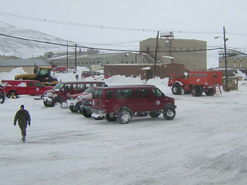
Polar exploration includes the physical exploration of the Arctic and the Antarctica. The Arctic is the area around the Earth's north pole and includes parts of Canada, Greenland, Russia, the United States
...more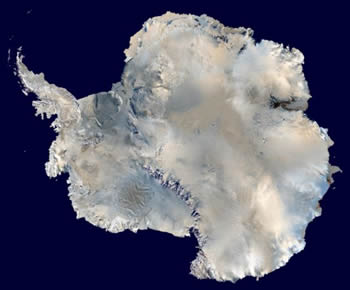
What Will You Find There? South of the Antarctic Circle (at 66.5°S latitude) you will find the continent of Antarctica surrounded by the Southern Ocean, the geographic South Pole and the magnetic South
...more
Antarctica is unique. It is the coldest, windiest, and driest continent on Earth. The land is barren and mostly covered with a thick sheet of ice. Antarctica is almost entirely south of the Antarctic Circle
...more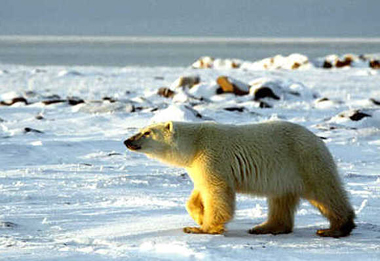
North of the Arctic Circle (at 66.5°N latitude) you will find the Arctic Ocean surrounded by the continents of Europe, Asia, and North America. You will find the geographic North Pole and the magnetic
...more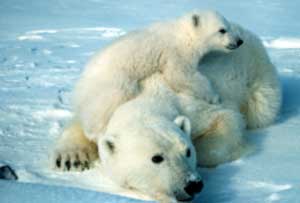
“Polar bears are one of nature’s ultimate survivors, able to live and thrive in one of the world’s harshest environments, but we are concerned the polar bears’ habitat may literally be melting” said US
...more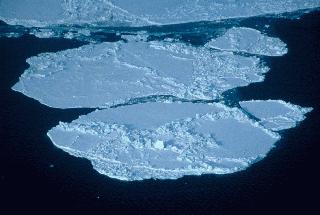
Sea ice is frozen seawater. It can be several meters thick and it moves over time. Although the salts in the seawater do not freeze, pockets of concentrated salty water become trapped in the sea ice when
...more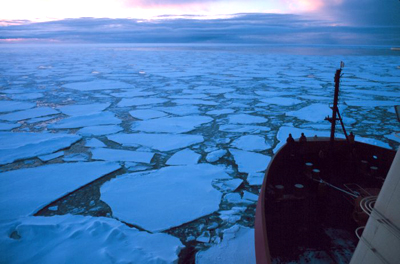
The Southern Ocean is a bit different. Many mapmakers do not even recognize it as an ocean. The Southern Ocean (sometimes known as the Antarctic Ocean or South Polar Ocean) surrounds Antarctica in the
...more













